Australia is reviewing its BIIP investor visa program, which has left migrants, mainly wealthy Chinese, waiting in vain for permanent residency.
In 2018, Paul Wang left Beijing for Australia to start a new life. He invested 1 million AUD ($680,000) in a food processing business, hoping to qualify for permanent residency under the Business Innovation and Investment Program (BIIP) investor visa.
After five years, his hopes were dashed when the Australian government made the controversial program a non-priority program. The slow processing of applications left the future of wealthy immigrants like Wang in limbo.
"We didn't expect the process to take so long. Our lives were turned upside down because of it. We simply couldn't plan ahead when there was so much uncertainty," said Wang, 44, a father of one.
In 2012, Australia introduced the BIIP program, also known as the "Golden Visa", to attract more entrepreneurs and investors to invest and promote innovation, helping to develop the economy . With this visa, after 3-4 years of temporary residence in Australia, investors can apply for permanent residency, commonly known as the 888 visa.
However, more than 10 years after its launch, a government review in March found that BIIP migrants made just half the economic contribution of the average Australian, despite their wealth.
Much of this immigrant group is older and has not reaped much return from passive investments. The governments of Canada, the UK and Singapore have canceled similar investor visa programs, concluding that they do not create jobs and can be a vehicle for speculative money.
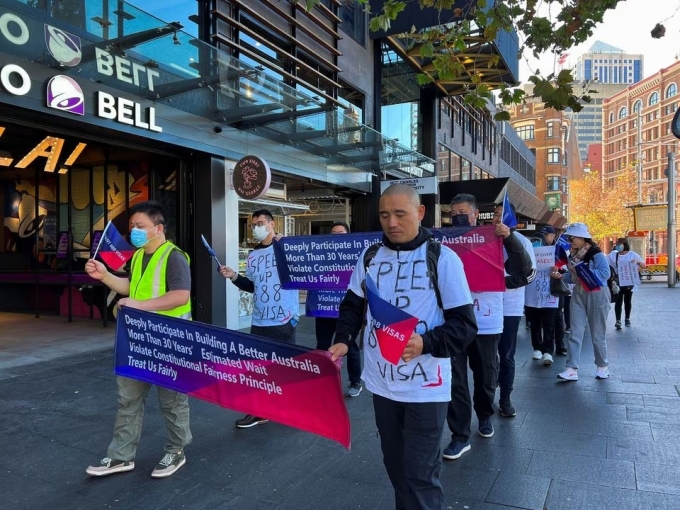
Chinese immigrants protest in Sydney, Australia, June 16. Photo: Reuters
During the Covid-19 outbreak, all Australian visas were frozen. As the pandemic eased, the government cut processing times for the backlog. But when the Australian Labor Party came to power last year, Canberra shifted its priority to reducing the skilled labour shortage.
The move has somewhat extended the processing time for BIIP permanent residency applications from more than 3,000 investors and their families, mostly from China. Most applications are taking nearly three years to process, compared to a year previously.
More than 50 BIIP immigrants, mostly Chinese, held a protest in Sydney today, demanding the government speed up the process of granting permanent residency status. This is a rare move because Chinese immigrants do not usually participate in protests.
Wang has been waiting 21 months. When asked about the situation, the Australian Department of Home Affairs said the government would process all applications on a priority basis, and declined to comment on BIIP migrants' complaints.

Chinese immigrants protest in Sydney, Australia, June 16. Photo: Reuters
The Australian government plans to reduce the BIIP allocation from 5,000 visas last year to 1,900 this year.
Meanwhile, these immigrants are cutting back on business investments due to the uncertainty. Many are delaying other decisions, some are selling assets or reluctantly maintaining loss-making businesses to keep their visa prospects, missing out on many potential investment opportunities.
“The wait-and-see situation has made it impossible for us to close the store and pivot our business even though we are losing money,” said Tan, a Chinese investor who owns a furniture store in Melbourne. Tan has waited 33 months.
Wang also abandoned plans to buy land to expand his food processing plant last year because of uncertainty over his visa status. He is preparing to sell his Australian property and plans to move his wife and daughter to the United States.
"Many people will not sympathize because we are just a small group. But we are not treated fairly," he said.
Duc Trung (According to Reuters )
Source link















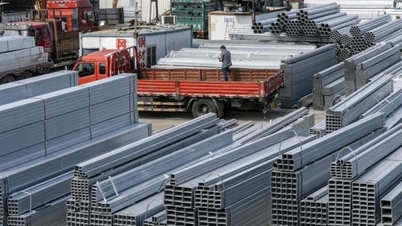

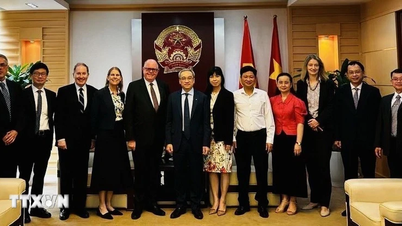


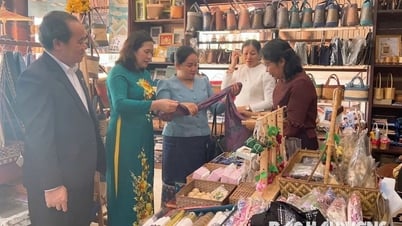
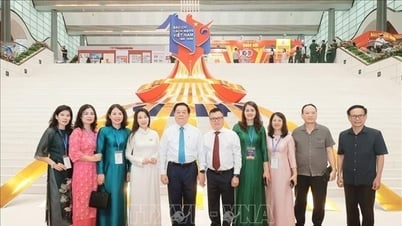
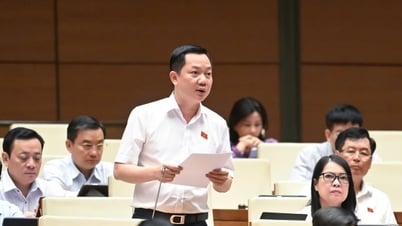
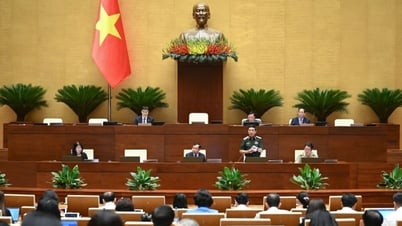
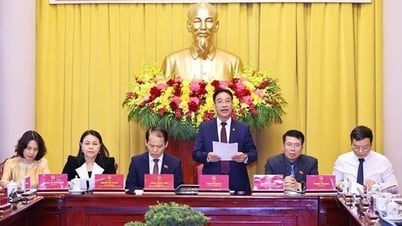

































































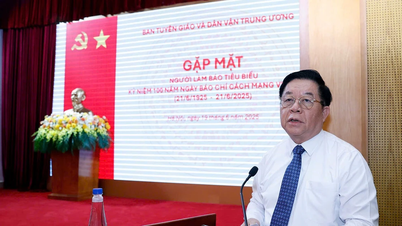

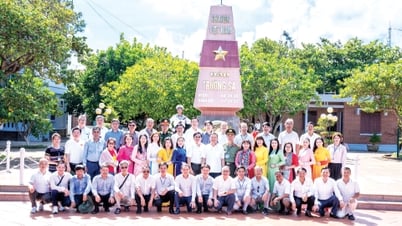











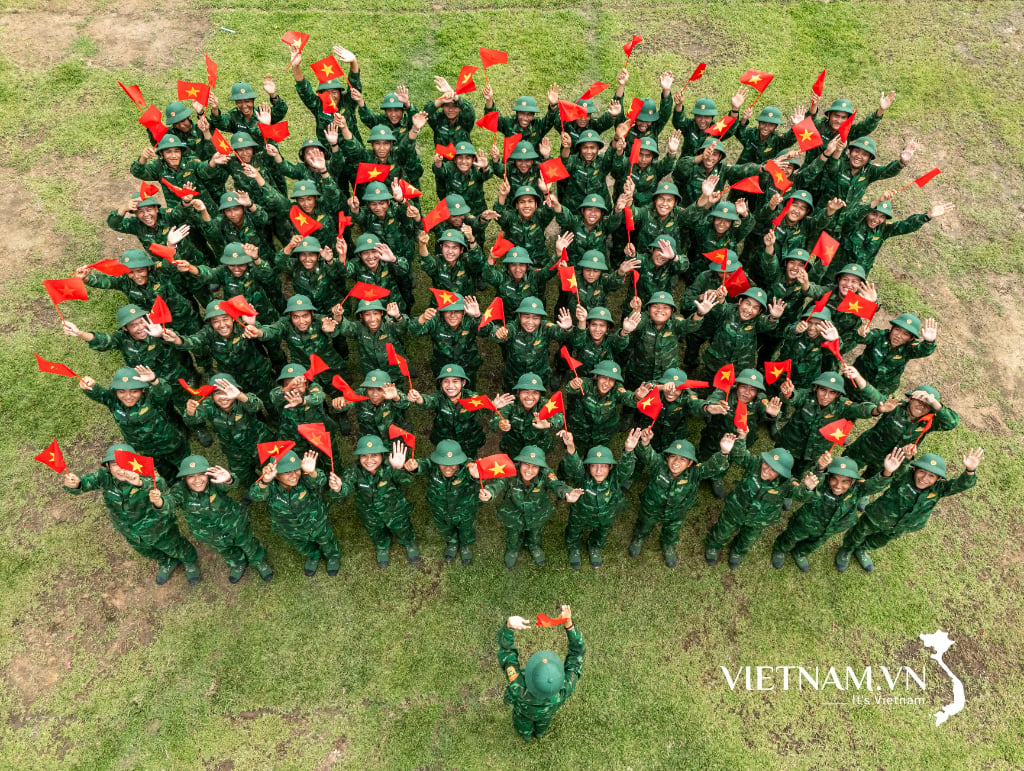


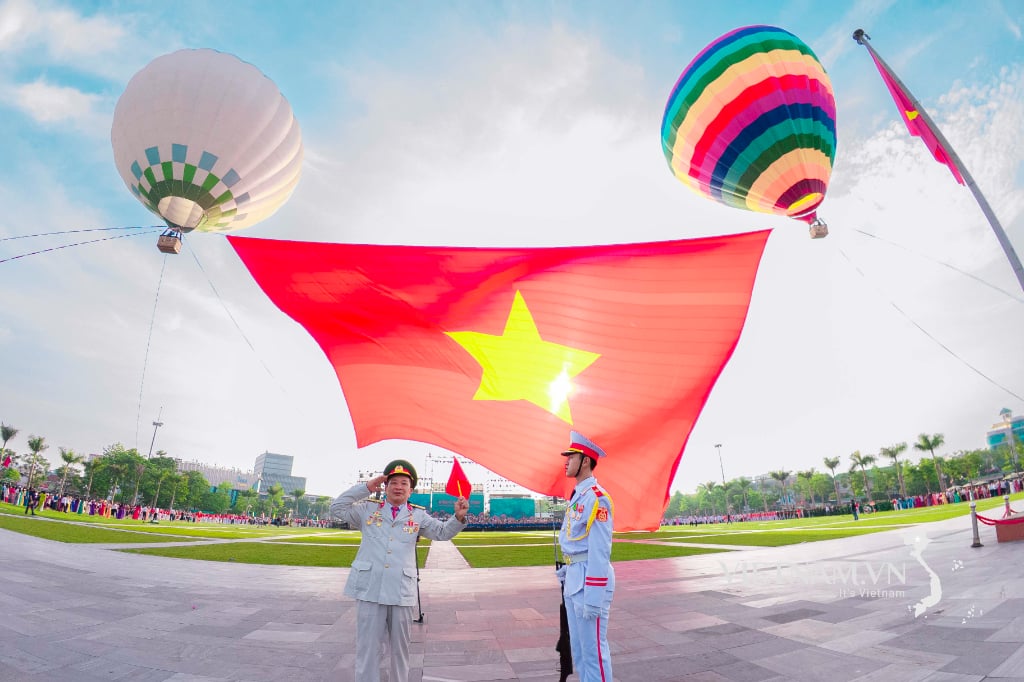
Comment (0)